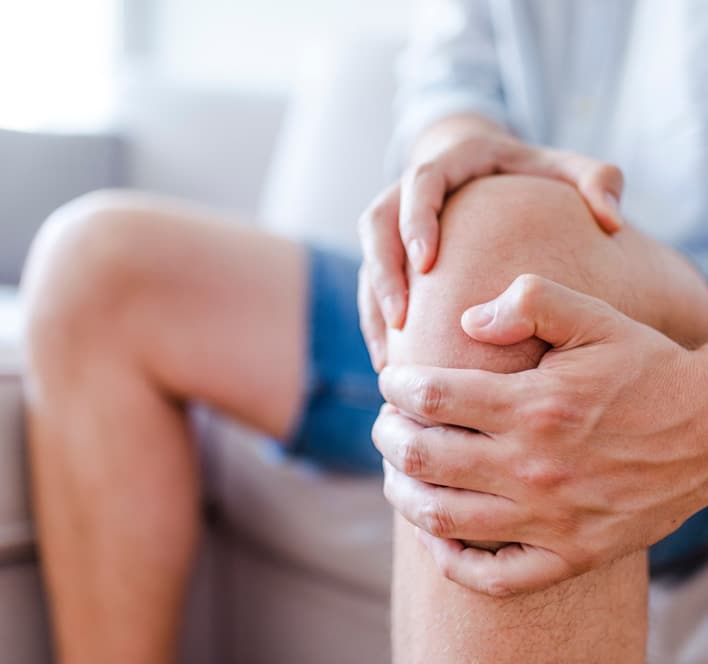Osteoarthritis is a common form of arthritis that affects millions of people. It occurs when the protective cartilage cushioning the ends of bones wears down over time. While you may worry about activity and exercising potentially worsening your osteoarthritis symptoms, research shows that exercise and movement are among the most effective methods for reducing pain and improving movement in patients.
We understand that your treatment plan has to be unique to your specific condition to attain the best possible outcome. In addition to conservative treatment methods, such as hot and cold therapies and medication management, your highly experienced medical team at NJ Spine & Orthopedic may recommend specific exercises to help decrease joint pain from osteoarthritis. Regular activity can help reduce the chances of osteoarthritis progression and disability. However, finding the right type of exercise is essential to preventing further damage to the protective cartilage and joint.
The Benefits of Exercise for Osteoarthritis
Activity and exercise may benefit patients with osteoarthritis. However, it must be the right type of exercise to be beneficial and avoid worsening symptoms. Combined with a treatment program, an exercise routine can benefit you in the following ways:
- Strengthen muscles around joints
- Maintains bone strength
- Increase energy
- Better sleep
- Weight control
- Improve balance
- Enhance mood
Inactivity can weaken supporting muscles over time, which can put more strain on the joints. While exercise is important, consult the highly experienced medical team at NJ Spine & Orthopedic for a personalized treatment plan that aligns with your unique condition and treatment goals.
4 Types of Exercises for Osteoarthritis
Remaining active is one of the most beneficial ways of managing osteoarthritis. At NJ Spine & Orthopedic, we may recommend specific exercises to improve mobility and reduce pain for your unique condition. Each of the following exercise types plays a key role in managing or improving osteoarthritis symptoms:
Range of Motion Exercises
Range of motion exercises diminish stiffness in the joints. Examples of these exercises include rolling your shoulders forward and backward and knee-to-chest stretches.
Strengthening Exercises
Strengthening exercises help build strong muscles that support and protect the joints. Weight training is a great way to build and keep muscle strength. Examples may include using hand weights, resistance bands, or machines.
Aerobic Exercises
Aerobic exercises aim to increase your heart rate, which can help improve your lung and heart health, help control weight, and increase energy levels. Examples of aerobic exercises that are easier on the joints include swimming, walking, bicycling, and water aerobics.
Yoga
Some types of yoga are beneficial for osteoarthritis, especially practices that focus on gentle and stabilizing movements. Yoga may help with building balance, strength, and coordination. However, vigorous forms of yoga, such as Bikram yoga, may not be suitable for managing or improving osteoarthritis symptoms.
Schedule an Appointment With NJ Spine & Orthopedic Today
At NJ Spine & Orthopedic, we understand that osteoarthritis symptoms can disrupt your day-to-day life. We are here to help you regain control by offering state-of-the-art conservative and minimally invasive treatments so you can get back to doing what you love as quickly as possible. As a board-certified, award-winning medical team, we can assess your condition and suggest the most beneficial activities and exercises to help manage your osteoarthritis symptoms.
Schedule an appointment today by calling (866) 553-0612 or filling out our contact form.

